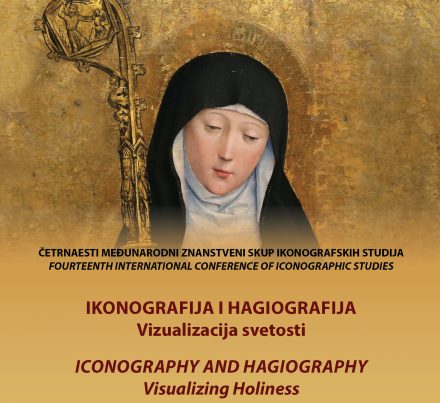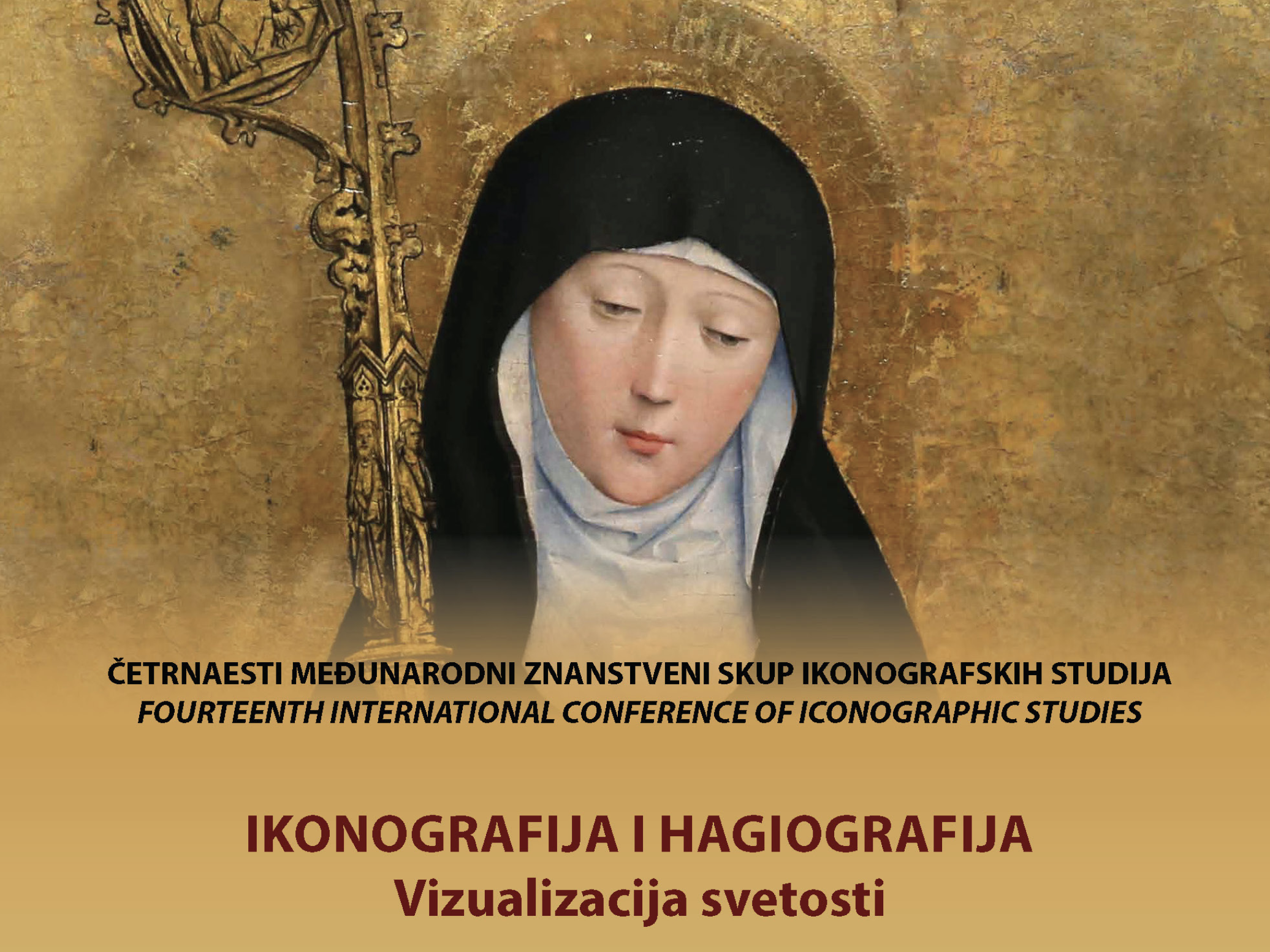Evan A. Gatti, associate professor of art history, presented “The Vercelli Rotolus: Images of the Acts of the Apostles the Arts of Imitation” at the conference, which was organized by the Center for Iconographic Studies and the Faculty of Humanities and Social Sciences, University of Rijeka, the Société des Bollandistes (Bruxelles), and Hagiotheca: Croatian Hagiography Society (Zagreb).
Evan A. Gatti, associate professor of art history, presented “The Vercelli Rotolus: Images of the Acts of the Apostles the Arts of Imitation” at the 14th International Conference of Iconographic Studies, organized by the Center for Iconographic Studies and the Faculty of Humanities and Social Sciences, University of Rijeka, the Société des Bollandistes (Bruxelles), and Hagiotheca: Croatian Hagiography Society (Zagreb).
 The International Conference of Iconographic Studies draws scholars from across the globe to examine the iconography of a specific theme. This year’s theme, Visualizing Holiness, explored the ways and mechanisms by which the lives of the saints were translated from textual sources into visual language. The conference was originally scheduled for May 2020 at the University of Rijeka in Croatia but was postponed until October and ultimately moved online in response to the spread of COVID-19. The virtual conference spanned two full days and included twelve sessions and forty-six papers. Gatti was one of only two North American scholars included in the conference program.
The International Conference of Iconographic Studies draws scholars from across the globe to examine the iconography of a specific theme. This year’s theme, Visualizing Holiness, explored the ways and mechanisms by which the lives of the saints were translated from textual sources into visual language. The conference was originally scheduled for May 2020 at the University of Rijeka in Croatia but was postponed until October and ultimately moved online in response to the spread of COVID-19. The virtual conference spanned two full days and included twelve sessions and forty-six papers. Gatti was one of only two North American scholars included in the conference program.
Gatti’s paper is a product of research undertaken during a 2019-20 sabbatical, part of a larger, ongoing project on the thirteenth-century Rotolus con Atti degli Apostoli held in the Museo del Tesoro del Duomo e Archivio Capitolare in Vercelli. The rotolus (or roll) could be a copy of eleventh-century paintings that once decorated the Cathedral in Vercelli and includes twenty-seven scenes from the biblical book of Act.
Examining the iconography of the Vercelli Rotolus, Gatti argued that it reveals the ways and the mechanisms by which the text of Acts was harnessed as a model for orthodoxy. Gatti cited specific scenes selected for inclusion on the roll and especially the repetition of iconography that highlights the sacrament of baptism. The scenes of baptism appear in moments of disorder on the roll, or places where the narrative of the biblical text was reversed by the visual iconography. Gatti suggested this disorder points to the possible models used for the original painting and may also reveal how the images would have related to the original architecture of the Cathedral.
Conference participants were invited to expand their papers for potential publication in a special issue of the journal IKON: The Journal of Iconographic Studies.



